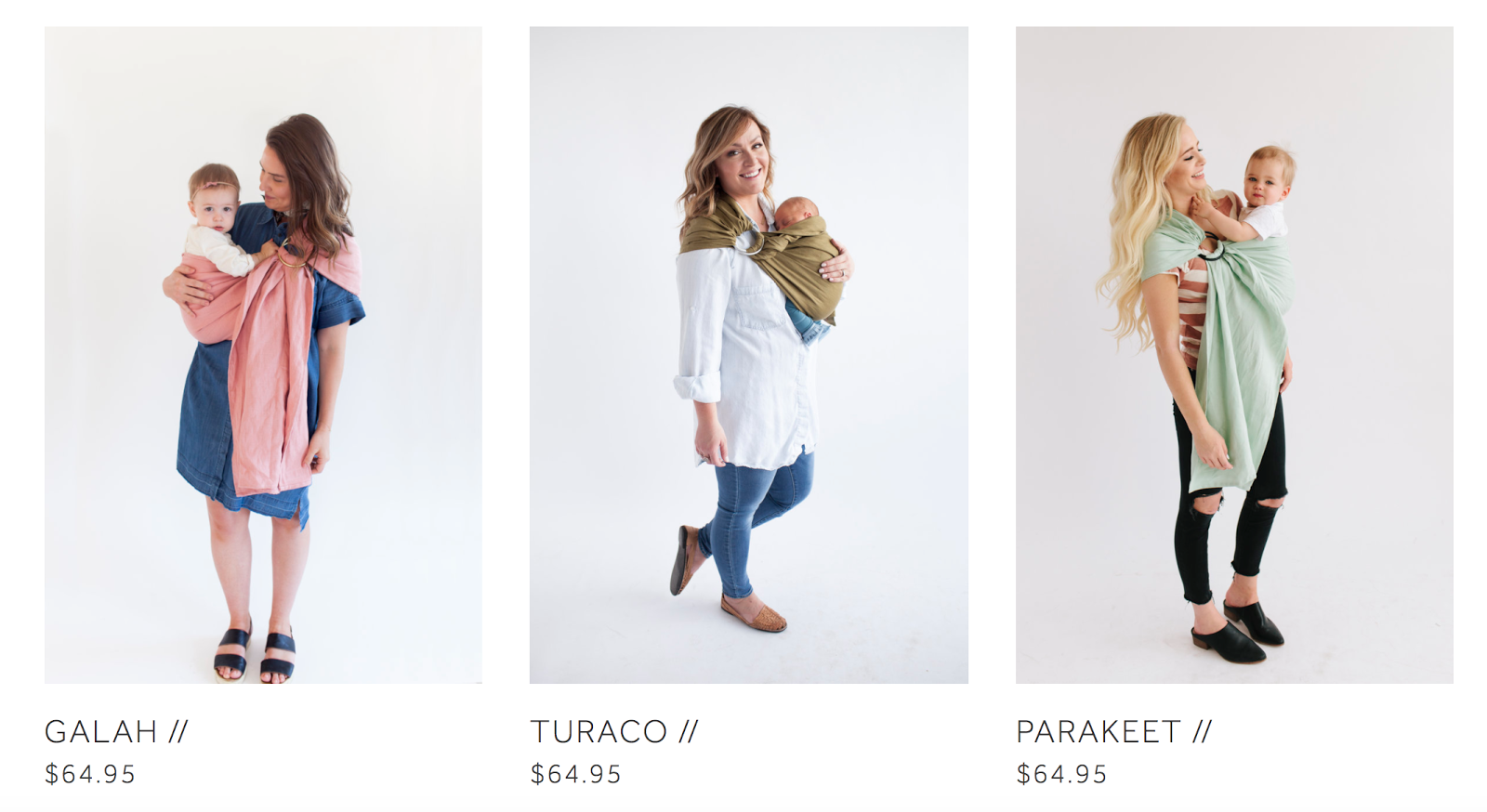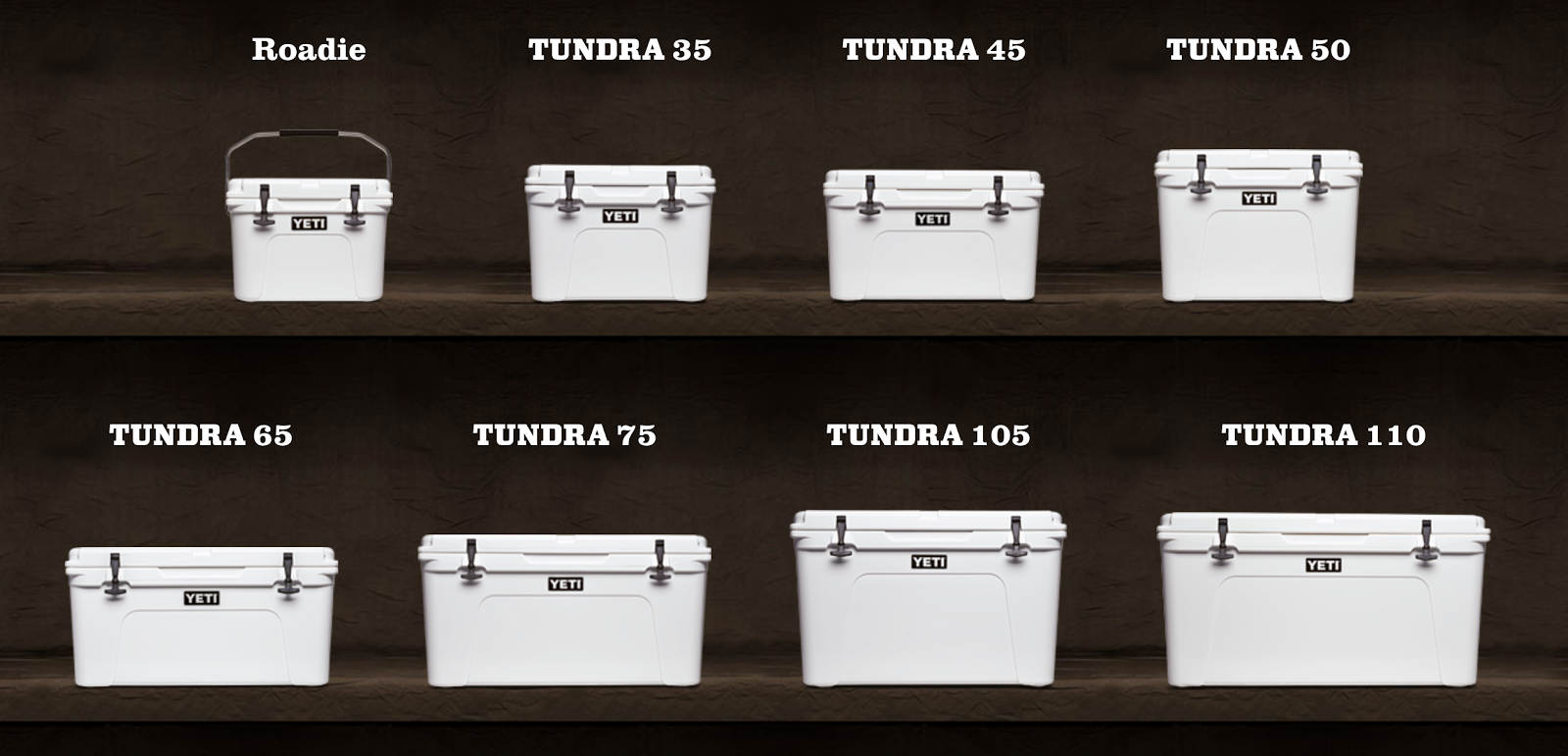— September 5, 2017
As more and more traditional brick-and-mortar retailers continue to struggle when it comes to connecting with today’s consumer, the newer, leaner, and smaller ecommerce brands are finding success.
The world of retail is vastly different than it what 20, 10, and even five years ago. Consumer behavior is also significantly different now than it was in past years and decades.
It’s never been a more challenging and opportunistic time to compete in the world of ecommerce.
Products can go viral overnight, new brands can penetrate into competitive industries and take over, and consumers have no problem shifting their loyalties from one brand to another.
How can you build (or rebuild) an ecommerce brand that succeeds? What can you do to outshine the competition, build a sustainable business, boost customer loyalty, and drive more sales than ever before?
Here are 7 steps you can take to build a brand that makes it, no matter the size or age of your ecommerce business:
Step 1: Establish Your Voice, Style, and Brand Guidelines
The first step in building a memorable ecommerce brand is all about establishing your brand voice and style. This is a crucial step to take when forming a new ecommerce business, but it can also be a valuable exercise for more seasoned ecommerce brands as well.
In order to differentiate from your competitors, you need to understand what makes you different, and decide how you’re going to illustrate those differences to your customers.
Consumers today aren’t as interested as they used to be in buying from big brands who don’t make an effort to show their personalities or their human sides. Instead, consumers want to feel like they intimately know a brand and the people behind it. They want to feel a personal, human connection to the brands and people they buy from. They want to feel like the brands they buy products from actually care about them, as opposed to simply wanting their money.
To connect with your customer base on a more human level, you need to take time to establish (or reestablish) your voice, your style, your brand guidelines, and your unique story—everything that makes you and your company unique in your industry.
HOMEWORK ASSIGNMENT: If you don’t have one yet, spend time creating an official style guide for your business. It should be a combination of design-based brand guidelines, editorial best practices, a documented brand story that you can repurpose and lean on in your marketing campaigns, an explanation about what makes your brand and products different than the competition, and tips on how to engage with your target audience. If you do have one but it’s just been collecting dust on your computer, spend a few days revisiting and tweaking it.
For inspiration and help, see these resources:
- 20 Stunning Examples of Brand Style Guides from HubSpot
- The Mailchimp Editorial Style Guide
- Finding Your Brand’s Voice from Distilled
Step 2: Engage First, Sell Later
As mentioned above, competition for the attention of consumers is more intense than it has ever been before. It’s easier than ever for companies to compete for the same audience, so the question is, what can you do to stand out.
In 2017 and beyond, the key is all about engagement. The brands that are winning and will continue to win are the ones that are taking the time to authentically engage with their audience.
You can boost brand awareness and traffic with a Facebook advertisement, but that’s not enough to get people to buy anymore. To push them toward the conversion, you have to build trust, maintain your reputation, and actively nurture relationships with people.
You have to convince people that you aren’t just in it for the sale—but that you actually care about helping them become happier, healthier, more productive, or more successful individuals.
Here are some ways you can authentically engage in your desired community:
- Create editorial content (blog posts, emails, videos, stories) that educates people on topics they care about, and ones that relate to the pain points your products help alleviate.
- Participate in online forums that relate to your industry. You can find little pockets of people all around the web who are hungry for education that you could be helping and establishing relationships with (Facebook groups, Quora, Reddit, LinkedIn groups, etc.).
- Get to know the big players. Every industry has influencers that other people look up to. Find who they are, and work to develop relationships with them. Your goal is not to hire them as influencers for your own products (at least not right away). Instead, your goal is to simply engage with the people who are already well-connected and well-respected in your industry.
HOMEWORK ASSIGNMENT: If you aren’t actively creating content on a blog (non-promotional content), start next week. Write down your top 50 most frequently asked questions that people might have about your industry, and start applying your knowledge and experience to answering those questions in the form of blog posts.
Want to see a great example? Check out the content that Beardbrand produces for their audience. It’s clear that they sell beard grooming products on their website, but at the end of the day, they care much more about providing men with tips and education, helping them feel confident about growing their beard, and working to end the negative stereotypes that sometimes exist about beardsmen being lazy or unkempt.
Step 3: Keep it Simple
These days, it seems as though the up-and-coming ecommerce brands that are getting the most attention and traction are the ones that start by manufacturing and selling one single product, as opposed to many.
It’s not hard for consumers to become loyal to a product that they know they can rely on. When you’re manufacturing many different types of products that all serve a particular audience (say, outdoor enthusiasts, for example), quality control might become an issue. If your product isn’t well-made, you risk losing out on customer loyalty and customer referrals.
By narrowing your focus, you can give more attention to the overall quality and reputation of your product. Once you’ve mastered and successfully scaled one product and built a loyal following of customers, you can safely start venturing into other types of products to serve the same audience and niche.
Here are some great examples of ecommerce brands that focus (or initially focused) on one type of product:
1. Wildbird Baby Slings

Product Origin Quote: “Tayler created WildBird out of a need for a functional, easy to use baby carrier that still carried a sense of style that parents would love to wear. Since day one, Tayler’s vision has always been to create beautiful, high quality baby carriers, while providing a carrier that was monetarily accessible to all parents.”
2. S’well Reusable Water Bottles

Product Origin Quote: “In 2010, I launched S’well with the mission to rid the world of plastic water bottles. I believed that if we made a crave-worthy bottle that combined fashion with function, people would stop buying disposable bottles, and we could reduce single-use plastic consumption worldwide. It was an audacious goal, but I believed the world needed S’well.”
3. YETI Coolers

Product Origin Quote: “In 2006 we founded YETI® Coolers with a simple mission: build the cooler we’d use every day if it existed. One that was built for the serious outdoor enthusiast rather than for the mass-discount retailers. One that could take the abuse we knew we’d put it through out in the field and on the water. One that simply wouldn’t break.”
HOMEWORK ASSIGNMENT: If you haven’t launched your ecommerce store yet, consider focusing on just one of your products to start. Use the opportunity to focus in on product quality, reputation, and customer service. If you have already launched and you’re not seeing the traction you’d like, decide if you could scale back and relaunch with a focus on just one of your products.
Step 4: Create Video Content
Another way to differentiate from competitors and attract more customers is by creating and sharing more video content on your website, in your emails, and with your social media followers. In 2010, the brands that were winning were the early adopters on social media. In 2012, it was content marketing. In 2017 and beyond, it’s all about video. Not convinced yet? Consider these facts from Buffer:
- Over 8 billion videos or 100 million hours of videos are watched on Facebook every day
- 10 billion videos are watched on Snapchat every day
- 60% of marketers used videos in their social media marketing in 2016
- A Facebook video receives, on average, 135% more organic reach than a Facebook photo
- 43% of people want to see more video content from marketers in the future
Needless to say, video is hugely impactful right now. To build brand awareness, connect with customers, and sell more products, you can’t just produce product demo videos or explainer videos about your company and product line-up. Instead, you have to be more creative, more authentic, and more helpful.
Not sure what I mean? Take a look at these examples:
- Yeti sells outdoor products like coolers, but creates rich video-based stories about amazing people all around the world.
- Squatty Potty created a provocative, over-the-top humor video to build awareness around a bathroom accessory that everyone probably needs but no one wants to talk about.
- Love Your Melon made a video to give their audience a behind-the-scenes look at the love and attention that goes into every hat they sell.
HOMEWORK ASSIGNMENT: Use your smartphone to create an informal video of yourself talking about who you are, why you launched your business, and why you created your products. Give your target audience an idea of who you are and why they should care. Then share the video on your social media channels to see what kind of response you get from your followers. If it’s positive, consider investing more into video marketing in the future.
Step 5: Speak Their Language
If you want to outshine your competition and get your target customer to notice and engage with you faster, try making more of an effort to speak their language. If your shop is relatively new and you’re not seeing the results you expected, it might just be because your messaging is a bit off.
There’s an easy and ingenious way to remedy the problem: use the words and phrases that your customers are using when they freely review your products.
HOMEWORK ASSIGNMENT: If you take the time to scan through your latest reviews, you’ll probably find that there are a handful of words and phrases that turn up again and again in reviews—repurpose some of the most compelling language in your future marketing campaigns (headlines, Facebook ads, email subject lines, etc.) to grab the attention of other people who fall within your target audience.
Step 6: Humanize Your Brand
As mentioned above, consumers today want and expect a more personalized and memorable experience when working with brands. In order to deliver on this, you need to work to humanize your brand and engage with your customers in ways that your competitors aren’t.
Some of the ideas mentioned previously in this blog post can help you humanize your brand, but here are some additional ideas you can also try:
- Idea #1: Go live on Facebook. More and more retailers are now using Facebook Live as a way to engage with customers, promote products, and reach people that they otherwise may have not been able to directly reach. Consider using Facebook Live to give a behind-the-scenes look at your operation, to launch or reveal a new product, or to simply talk with your customers and followers every once in awhile.
- Idea #2: Tell more stories. Spend time collecting and sharing stories about your company, your employees, your partners, and your customers. Make your followers and customers believe that they are a part of your family.
- Idea #3: Do the unexpected. What I really mean here is, find opportunities to delight your customers. Send them handwritten thank you cards, call them out on social media, email them exclusive VIP deals. Make them feel like you care about them, and that you value them as customers.
HOMEWORK ASSIGNMENT: Pick one of the ideas mentioned above and try it at your own business. See how it affects your relationship with your customers and your reputation as a brand in your space.
Step 7: Be Part of Something Bigger
Finally, build a loyal army of customers and brand advocates by taking the time to be part of something bigger. Find a cause to support, think about the values you care about, and make your audience excited to be part of what you’re doing.
Want to see some real examples? Here are a handful worth noting:
- TOMs shoes is big about helping customers understand that their money is being used to give back to those in need.
- Chacos tries to help customers feel like part of a ‘bigger picture’ adventure movement.
- Wildbird actively supports and cheers on mothers and fathers all around the world by promoting the #mywildbird hashtag on Instagram.
HOMEWORK ASSIGNMENT: Think about what causes, values, or initiatives matter to you, your employees, and your customers. Find a way to work it into your brand.
Over to You
What are you doing to set your brand apart from competition? Tell me in the comments below.
Digital & Social Articles on Business 2 Community
(76)






